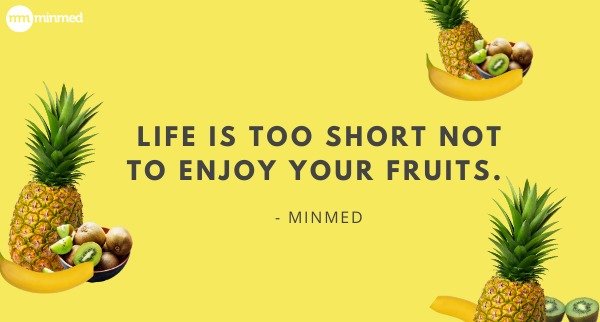Fruits for Diabetes: Best Choices

It is commonly mistaken that people suffering from Diabetes cannot eat fruits. In this post, you will be able to learn what are the yes and no for fruits for Diabetic patients.
1. What is the main nutritional content in fruits?
In terms of carbohydrates, it is a form of natural sugar called fructose. It is full of vitamins, minerals and dietary fibre.
2. Do fruits increase blood sugar?
Yes, as fruits have carbohydrate, it does increase blood sugar level. However, with the benefits of other nutrients and dietary fibre, diabetic patients can still consume fruits moderately.
3. How is GI (Glycaemic Index) link to fruits?
In our previous article about Rice, we mentioned that Glycaemic Index (GI) measures how food affects blood sugar level. Fruits can be grouped according to “Low GI” or “High GI”.
4. What are the low and high GI fruits?
Low GI: <55 | Medium: 55-70 | High: > 70
Common fruits with low GI:
- Apple: 38
- Peach: 42
- Pear: 38
- Orange: 40
- Kiwi: 50
- Blueberry: 53
- Mango: 51
Common fruits with medium GI:
- Banana: 56 (the riper the banana, the higher the GI)
- Grape: 59
- Papaya: 60
- Lychee: 57
Common fruits with high GI:
- Watermelon: 72
- Rock melon: 71
5. How much is 1 serving of fruits?
An easy gauge of a serving of fruits, you can hold using your palm size. An apple, orange, pear, kiwi is 1 serving of fruit. Whereas blueberries or grapes can be gauge by estimating pieces of fruits you are able to grab using a palm. For bigger fruits such as watermelon, papaya or pineapple, 1 wedge equates to 1 serving.
6. Is fruit juice okay for diabetic patient?
Fruit juice can be from freshly squeeze fruits source or packaged fruit juice from the supermarket. Packaged fruit juice from the supermarket may not be 100% fruit source. It may be fruit concentrate where sugar levels are exceedingly high. Freshly squeeze juice may be a better choice as it is 100% fruit source. In general, eating whole fruit with its fibre content is recommended over juice. The fibre delays the digestion of the fruit, in turn allowing fuller satiety and not spike the blood sugar levels quickly.
Fruits should be part of everyone’s diet. Including fruits in a diabetic’s diet is important, bearing in mind to choose the lower GI fruits in moderation and variety.


